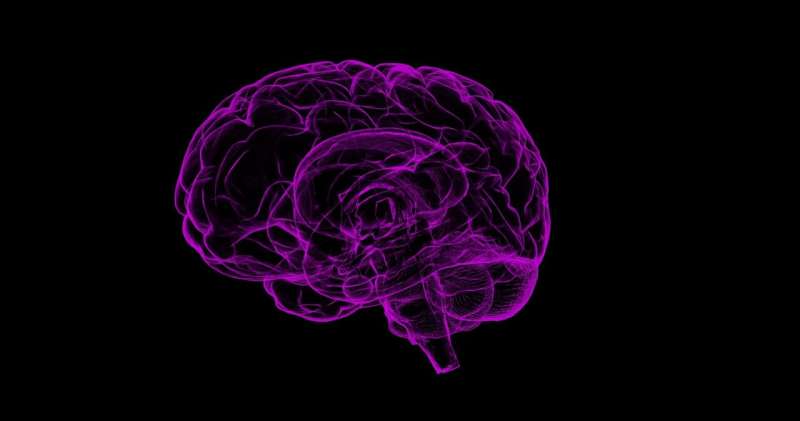A step toward better understanding brain anatomy of autism spectrum disorder

Individuals with autism spectrum disorder (ASD) are often lumped into a single catch-all group, despite significant differences in symptom profile and severity. Further muddying the waters when trying to understand and treat ASD, many previous studies show significant variability in findings.
A new study, led by researchers at McGill University's Faculty of Medicine and the Douglas Mental Health University Institute, set out to settle some of the discrepancies related to brain anatomy and ASD, employing a large dataset to obtain their findings. Their results were published recently in the journal Molecular Psychiatry.
"The most important findings in our study pertain to the differences we observed relative to sources of heterogeneity," says Dr. Mallar Chakravarty, Assistant Professor in the Department of Psychiatry at McGill and the study's senior author. "For example, there are long-standing theories that girls with ASD need to experience a higher risk load before showing symptoms. Our data suggests that there is a larger and thicker cortex in most of the ASD group, but also that this cortex is even thicker in girls and more associated with symptom severity in girls."
One of the largest studies of its kind
To complete their study, the researchers relied on a number of sources including data publically available through the ABIDE consortium. They were also able to obtain data through a large-scale international collaboration devoted to examining brain anatomy variation in ASD, which included the Hospital for Sick Children in Toronto (SickKids), the National Institute of Mental Health in the U.S., and the University of Cambridge and King's College in the United Kingdom.
Using magnetic resonance imaging, or MRI, the researchers were able to examine the brain anatomy of 1,327 typically developing individuals and individuals suffering from ASD, making it one of the largest studies of its kind ever performed. "Through our study, we found that the cortical anatomy is not represented by a fixed difference between ASD and typically developing individuals," explains Dr. Chakravarty, who is also a Computational Neuroscientist in the Cerebral Imaging Centre at the Douglas Mental Health University Institute. "Importantly, the vast differences in symptom profile and severity, cognitive ability, and age, as well as sex, are all related to the brain differences observed in ASD alone."
Also of note, the researchers found that the most extreme version of the cortical differences exist when children are youngest and in those with lower cognitive ability, as measured using the intelligence quotient.
The next steps
Down the line, the researchers hope to be able to obtain an even more detailed profile of the sources of heterogeneity that include the examination of different types of symptoms, or subgrouping based on symptoms, as well as concurrent medical issues. They would also like to use novel techniques that examine the source of the cortical variability changes at the microstructural level.
The researchers believes that this work holds promise down the line. "The demonstration that the patterns of brain development vary based on several known factors, including age, sex, and cognitive ability, suggests that some of these factors should be considered in future studies and potentially in the diagnosis and treatment of ASD," notes Saashi Bedford, a McGill graduate student working with Dr. Chakravarty and the study's lead author.
More information: Large-scale analyses of the relationship between sex, age and intelligence quotient heterogeneity and cortical morphometry in autism spectrum disorder, Molecular Psychiatry (2019). DOI: 10.1038/s41380-019-0420-6



















